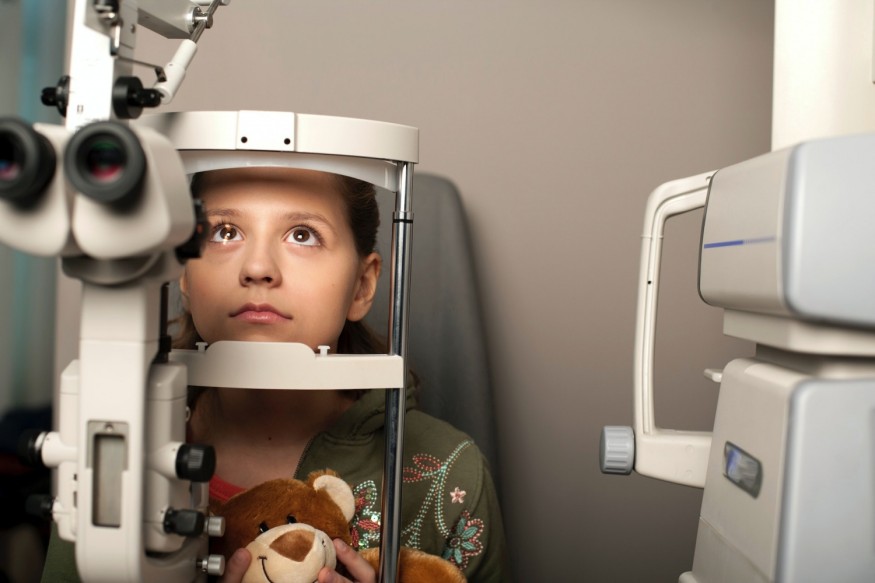Why Do Latino Americans Have a Higher Risk for Eye Diseases?

Latinos have to start paying more attention to their eye health. The National Eye Institute reports that the Hispanic population in the United States is one of the communities with the highest rates of vision loss and blindness caused by eye diseases. The demographic is also particularly at risk for eye conditions like diabetic retinopathy and glaucoma. Unfortunately, the National Eye Institute states that very few Latinos get regular eye exams.
Due to these high risks, the population needs to be aware of the causes and possible solutions for these eye diseases. Here's what you need to know about Latino Americans' susceptibility to eye diseases:
Understanding The Latino American Community's Risk for Eye Diseases
Believe it or not, your race and ethnicity can greatly affect your risk for eye conditions. To illustrate, the Los Angeles Latino eye study revealed that open-angle glaucoma is prevalent among the Hispanic population in the US. In particular, Latinos of primarily Mexican descent are more likely to have open-angle glaucoma than Latinos from other countries. Hispanics are also more likely to get severe diabetic retinopathy as compared to non-Hispanic white Americans, with Latinos in the US more likely to have diabetes than other demographics. As a result, there is an increased risk for eye conditions related to diabetes.
On top of that, many Latinos in the US are also at high risk for eye conditions because they have less access to vision care professionals and services. Affordable healthcare insurance plans like Medicare B don't even have coverage for vision care, eyeglasses, and routine eye exams. Due to the limitations of federal insurance programs, people find it difficult to get medical consultations and solutions for common eye problems among Latinos.
3 Ways to Improve the Eye Health of the Latino Community
Understand your family's health history
You can identify which eye conditions you are at high risk for once you examine your family's health history.
You can understand your family's health history by interviewing your family members about all the eye conditions that your loved ones had over the years. If it's possible, you can also look into family medical records to get more accurate and detailed insights about your relatives' eye health. Examining your family's health history will make it easier for you to understand your risks for eye conditions and look for ways to reduce your likelihood of getting these conditions.
Use protective eyewear when outdoors
You can significantly reduce your risk for glaucoma and other eye conditions by using protective eyewear whenever you're outdoors.
These protective eyewear pieces are crucial, especially if you are often exposed to the sun due to sports and other physical activities. In this case, you can opt to use sports sunglasses from top brands like Oakley. The polarized sports sunglasses from Oakley improve the clarity and contrast of your vision while providing UVA and UVB protection for your eyes. You can also try Skelmet's Falcon 1 sunglasses if you want eyewear that is customized to your needs. These sunglasses are created with 3D fit technology, helping you feel more at ease to wear this protective eyewear wherever you go.
Prioritize getting regular eye exams
Finally, you have to make it a point to get regular eye exams, especially if you're at risk for eye conditions.
Unfortunately, VSP Vision Care states that only half of people get annual eye exams, despite understanding the importance of having healthy eyes. As such, eye health experts suggest that it's crucial for all adults aged 18 to 64 to get an eye exam every year to get a window into their eye health. These exams can detect conditions early, making it possible for people to find solutions that can either reverse their eye conditions or improve their vision.
Your biology and community can affect your risk for certain eye conditions. Before it's too late, you must protect your eye health through protective eyewear and other medical strategies.
Subscribe to Latin Post!
Sign up for our free newsletter for the Latest coverage!
© 2026 Latin Post. All rights reserved. Do not reproduce without permission.















